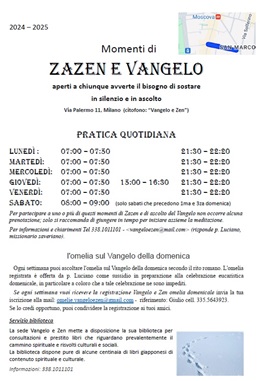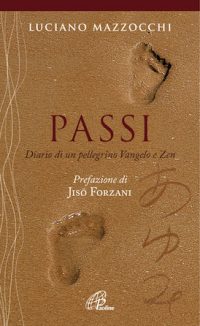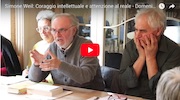Inculturation of the liturgy and of Christian prayer is still in its beginnings. After the general reform of the Liturgy decided by the second Vatican Council, and carried out at a general or universal level in the Catholic Church during more than twenty years of liturgical renewal since the Council, the time has now come to move on to a second stage of the reform, as already foreseen by the Council itself (Sacrosanctum Concilium, nn. 37-39) with the necessary adaptation to local cultures and situations, and, where necessary, even “deeper” or “more radical adaptation,” Le., inculturation of the Liturgy (n. 40).[8] A recent document of the Congregation for Divine Worship and the Discipline of the Sacraments takes up the whole question of ‘The Roman Liturgy and Inculturation’ (January 25, 1994). Far many reasons this process of inculturation will be more difficult and longer than the first stage, or the general reform of the Roman Liturgy. In many areas a long and gradual research is necessary. For example, even though the Council’s Constitution on the Liturgy and the Roman Rite for Marriage provide explicitly, and even ask, for adaptation and al so for inculturation of the celebration of marriage according to the customs and traditions of the various countries, the National Committee on the Liturgy in Japan last year has not been able to come up with any such concrette instance of adaptation or inculturation and just limited itself to a simple translation of the second edition of the Roman Ritual of Marriage. Some suggestions had been made, but there was not enough research or experimentation to allow judgment on them.
In this situation of beginnings and research, it is prudent and wise to start not from the top, but from the bottom to build the pyramid. Thus, for example, the best attempt so far to adapt the Roman Liturgy to the Japanese language and situation, has been no doubt the Sogi or Funeral Rites approved ad experimentum for five years by the Holy See, and published in 1993, while the greatest failure has been perhaps the attempt to “adapt” the rites of Christian initiation by introducing unnecessary and unsuitable changes at the very heart of the Liturgy, the Pascal Triduum.
Thus experimentation and research in the field of prayer, popular devotions, fundamental religious expressions, gestures and bodily postures (n. 41) help to pave the way for more significant and more important attempts at adaptation and inculturation in the cases of the sacraments of the Church.
The practice of zazen as a form of prayer before the Blessed Sacrament would not be a liturgical problem, and would not directly involve the Liturgy of the Church, but it would greatly contribute to the inculturation of Christian spiritual life in Japan and certainly help greatly in the dialogue of religious experience among different religious traditions which two documents of the Pontificial Council for Interreligious Dialogue mention and propose. [9]
| A Christian practice of zazen « | » Zazen and Eucharistic Adoration |





